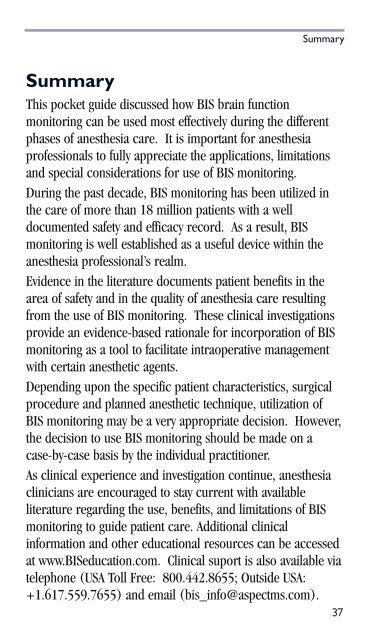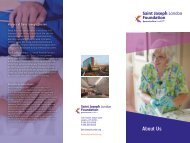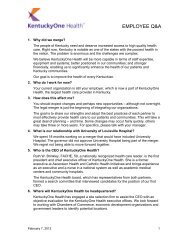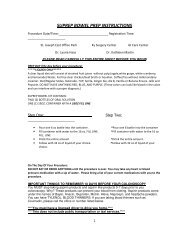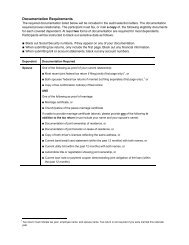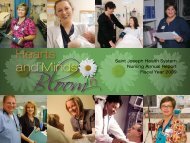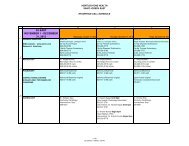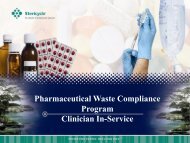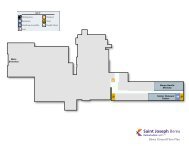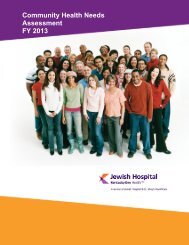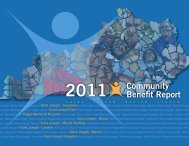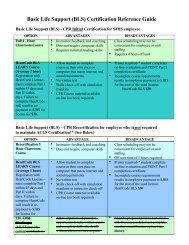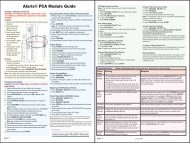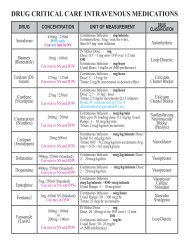BIS guide for clinicians
BIS guide for clinicians
BIS guide for clinicians
You also want an ePaper? Increase the reach of your titles
YUMPU automatically turns print PDFs into web optimized ePapers that Google loves.
Summary<br />
Summary<br />
This pocket <strong>guide</strong> discussed how <strong>BIS</strong> brain function<br />
monitoring can be used most effectively during the different<br />
phases of anesthesia care. It is important <strong>for</strong> anesthesia<br />
professionals to fully appreciate the applications, limitations<br />
and special considerations <strong>for</strong> use of <strong>BIS</strong> monitoring.<br />
During the past decade, <strong>BIS</strong> monitoring has been utilized in<br />
the care of more than 18 million patients with a well<br />
documented safety and efficacy record. As a result, <strong>BIS</strong><br />
monitoring is well established as a useful device within the<br />
anesthesia professional’s realm.<br />
Evidence in the literature documents patient benefits in the<br />
area of safety and in the quality of anesthesia care resulting<br />
from the use of <strong>BIS</strong> monitoring. These clinical investigations<br />
provide an evidence-based rationale <strong>for</strong> incorporation of <strong>BIS</strong><br />
monitoring as a tool to facilitate intraoperative management<br />
with certain anesthetic agents.<br />
Depending upon the specific patient characteristics, surgical<br />
procedure and planned anesthetic technique, utilization of<br />
<strong>BIS</strong> monitoring may be a very appropriate decision. However,<br />
the decision to use <strong>BIS</strong> monitoring should be made on a<br />
case-by-case basis by the individual practitioner.<br />
As clinical experience and investigation continue, anesthesia<br />
<strong>clinicians</strong> are encouraged to stay current with available<br />
literature regarding the use, benefits, and limitations of <strong>BIS</strong><br />
monitoring to <strong>guide</strong> patient care. Additional clinical<br />
in<strong>for</strong>mation and other educational resources can be accessed<br />
at www.<strong>BIS</strong>education.com. Clinical suport is also available via<br />
telephone (USA Toll Free: 800.442.8655; Outside USA:<br />
+1.617.559.7655) and email (bis_info@aspectms.com).<br />
37


